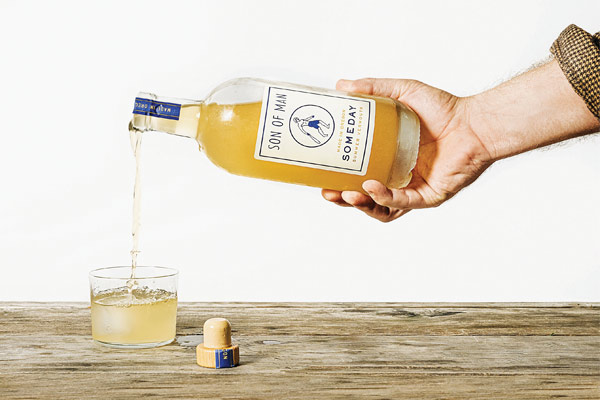

This article originally appeared in the May/June 2023 issue of Zymurgy Magazine
By Kristen Kuchar
American Ciders in the Tradition of Asturias and the Basque Country
There is nothing in the world quite like the ciders that hail from the Asturias and Basque regions of Northern Spain. Sidra, as cider is called here, is a way of life. It’s often described as tart, earthy, dry, funky, flat, and cloudy. Even though more than 200 apple varieties grow here, traditional sidra is restricted to 22 varieties in order to be labeled Sidea de Asturias, protected by European Union Regulations.
The European Travel Commission (ETC) calls cider an “inseparable” part of Asturian culture and society, with three different types: natural or flat cider, newly pressed or table cider, and sparkling cider. The sagardotegi (cider house) is central to the Basque community with a history that dates to pre-Roman times. From the 15th to 19th century, scurvy took the lives of more than two million sailors. However, Basques, who had set sail with around 12,000 gallons of cider, weren’t as affected as the other due to their on-board beverage at the time, though no one knew why.
Today in Spain, people gather in the cider houses with friends to sip this beloved beverage over food, especially during the cider season spanning January to May. Besides the unique taste that many sweet-cider drinkers may not be accustomed to, one of the most unique things about this cider is how it is served. The cider is poured from three or more feet above the glass, which allows it to aerate along the way. “Throwing the sidra” usually allows just a single-sip serving, with plentiful refills ready to go.
Oregon’s Son of Man produces Basque-style cider exclusively. Cofounder Jasper Smith explains…
For the full article, access the May/June 2023 Zymurgy magazine.
Access premium member content for $4.99/month. Join Now
Access premium member content for $4.99/month
Join for $4.99Already a member? Login here
